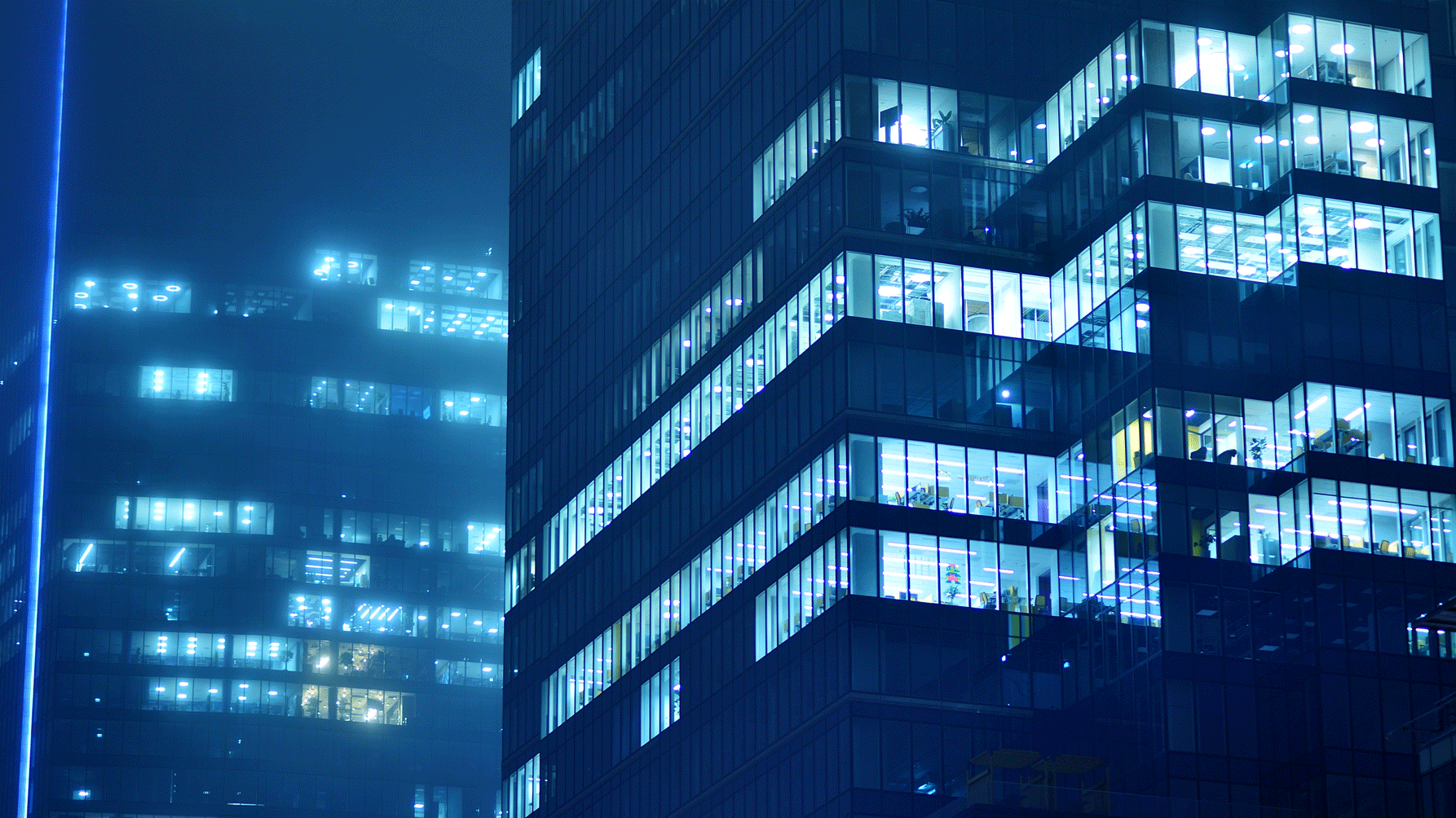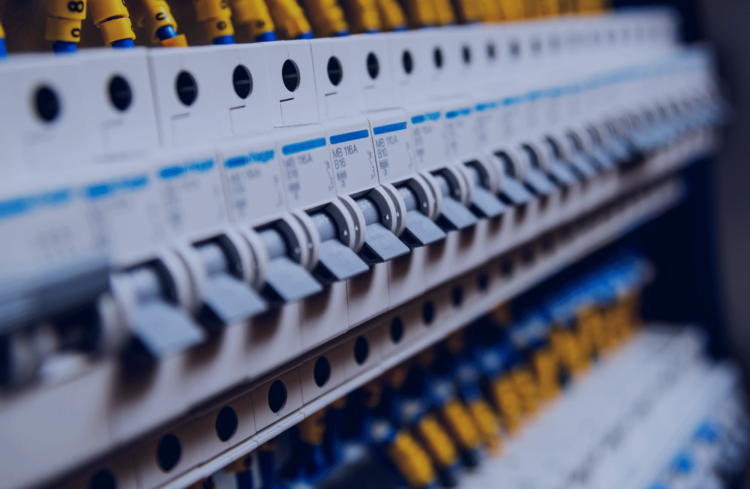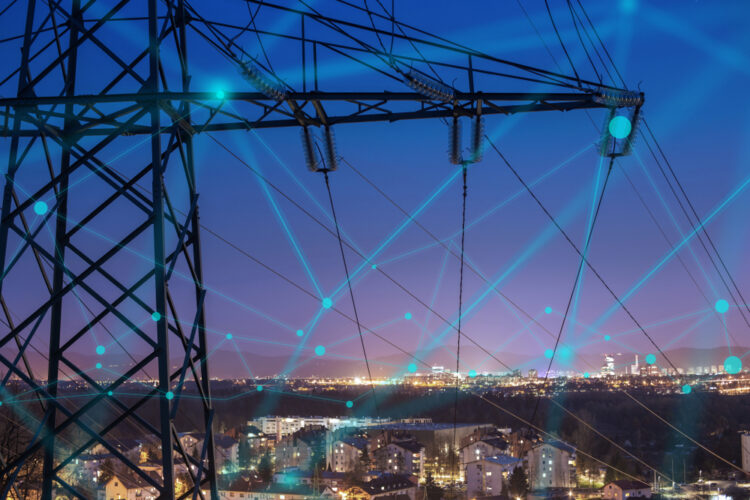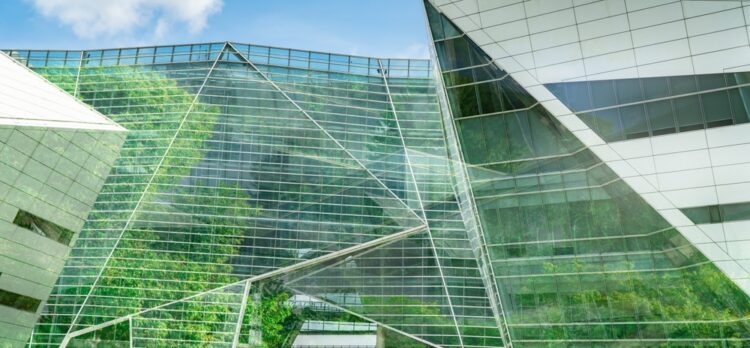Workspaces are undergoing an unprecedented transformation. The development of telecommuting and flexible organization methods such as flex-office and collaborative workspaces is overturning traditional practices. These developments are forcing companies to rethink the way they manage their offices, in order to meet crucial challenges such as reducing costs, improving employee well-being and complying with new environmental standards.
Technological solutions offer promising answers to these challenges. The Smart Office is emerging as an essential approach to optimizing resources and modernizing work environments. Find out how these connected solutions can transform your offices and support a transition to more efficient, more responsible and more pleasant spaces.
Understanding the Smart Office concept
What is a Smart Office?
A Smart Office is an intelligent workspace based on the use ofconnected objects and automated systems to collect and analyze data in real time. Thanks to this infrastructure, elements such as lighting, temperature, room management and air quality can be precisely controlled. These automatic, continuous adjustments optimize resources while ensuring a comfortable, high-performance working environment. This type of system is part of asustainable innovation approach, combining flexibility and efficiency.
Smart Office benefits for businesses
Connected offices meet major strategic challenges and offer tangible benefits in many areas of their operation.
- Optimized operating costs: Thanks to automated management of equipment (lighting, heating, ventilation), companies can significantly reduce their energy consumption. Sub-metering solutions also help identify energy-hungry areas and target corrective actions.
- Comfort and employee experience: The work environment plays a key role ina company's attractiveness. Pleasant, well-designed spaces encourage productivity and talent retention. Offering a connected office where every detail has been thought out with the well-being of teams in mind becomes a real HR asset.
- Productivity and flexibility : Smart Office helps to improve the organization of workspaces and schedules, by providing connected solutions for the management of shared resources. This fluid space management encourages collaboration between on-site and remote workforces, a real asset when it comes to adapting to new hybrid work modes.
An intelligent solution for optimized office management
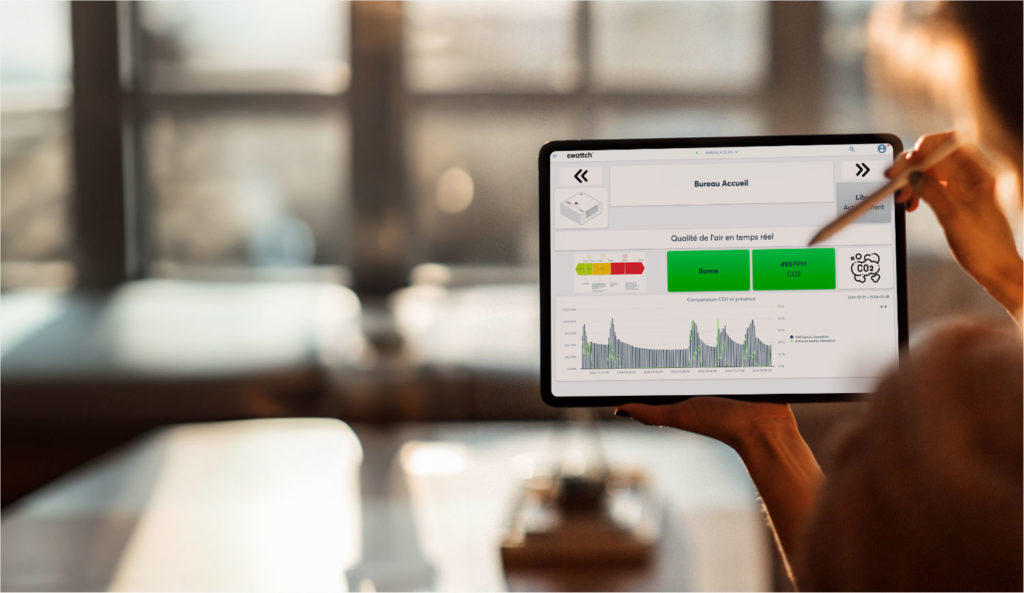
Ewattch, a specialist in connected solutions, offers a comprehensive approach to Smart Office with its EwattchCloud platform. With its dynamic dashboards and real-time analysis capabilities, it enables companies to monitor and optimize a number of key parameters: energy consumption, office occupancy, environmental quality, use of resources...
By offering a clear and detailed visualization of data, the platform enables managers to optimize space utilization, anticipate future needs and maintain a high-performance working environment. Designed to be intuitive and scalable, it adapts to the specific requirements and structure of each company.
Modernization through energy management: more responsible connected offices
Why manage energy in offices?
Energy management in commercial buildings, particularly offices, represents a major economic and environmental challenge. These buildings, which are heavily used throughout the day, are responsible for a significant proportion of an organization's overall energy consumption. In 2022, electricity consumption accounted for almost 50% of the energy mix in commercial buildings*. The electricity required for lighting, ventilation, heating and equipment operation represents high recurrent costs, to which we must add a significant environmental impact.
Controlling consumption not only cuts energy costs, it also reduces greenhouse gas emissions. This optimization lever is becoming essential at a time when environmental regulations are tightening and companies need to reinforce their CSR commitments to remain competitive.
Energy optimization is based on a global and continuous approach, involving precise monitoring of consumption. It must reconcile energy efficiency with user well-being, maintaining a comfortable working environment adapted to occupants' needs.
*France's energy balancefor 2022 - Datalab, Ministry of Ecological Transition and Territorial Cohesion.
Technologies involved in energy management
Intelligent management is based on several complementary technologies:
- Energy sub-metering:
This technique involves installing measuring devices on the building's various electrical circuits (lighting, heating, air-conditioning, sockets). It enables consumption to be precisely segmented by use or by zone, providing a clear picture of the main energy-consuming items. This detailed data can be used to quickly identify areas for improvement and prioritize corrective actions. - Dynamic dashboards:
Information gathered by sensors and sub-meters is centralized on interactive dashboards. These provide a real-time view of energy consumption, enabling managers to monitor performance, detect anomalies and implement appropriate action plans. Alerts can also be set up to indicate when predefined thresholds are exceeded.
Ewattch, your partner for optimized energy management
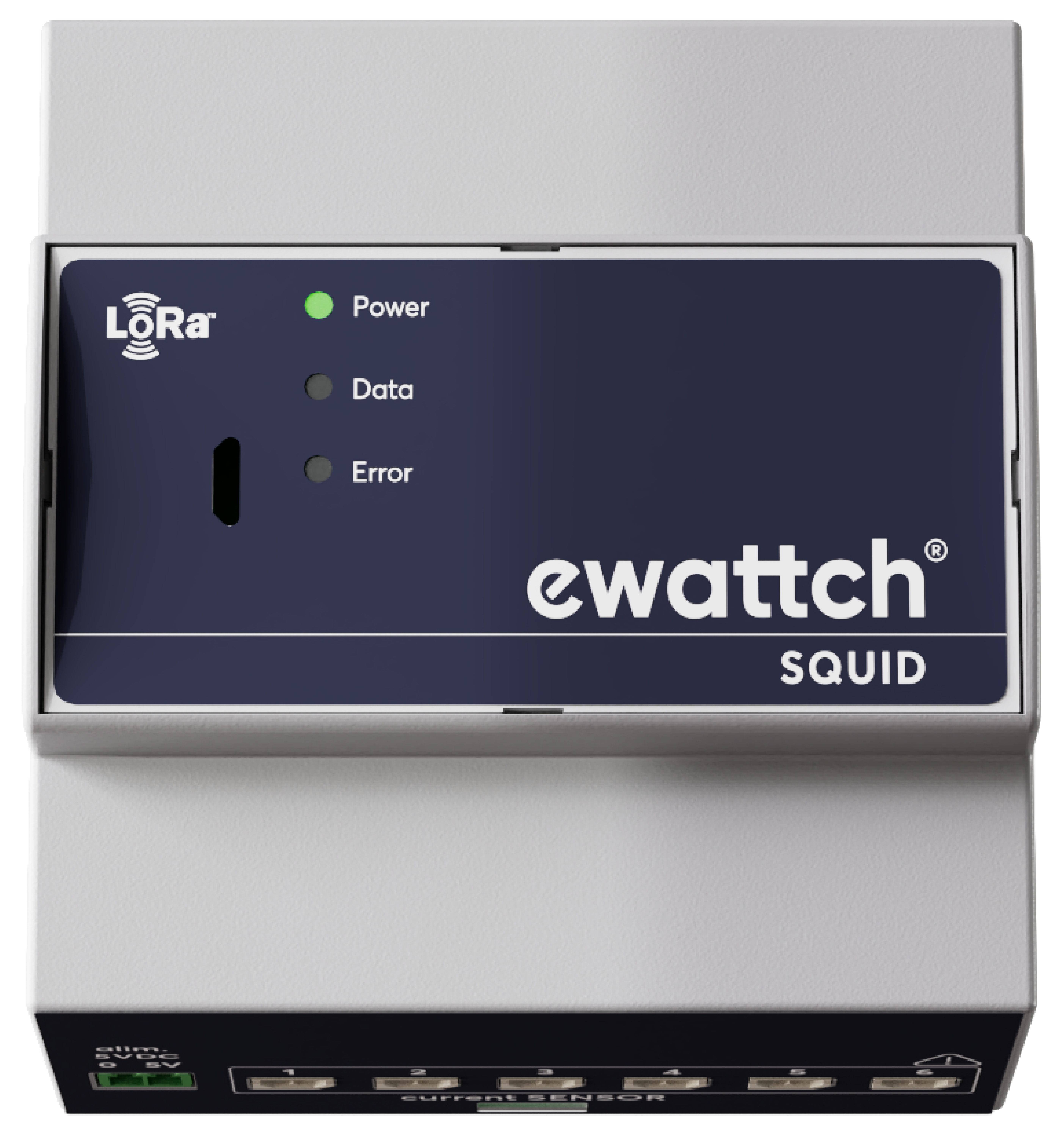
Ewattch offers a turnkey solution for modernizing office energy management. The installation of LoRaWAN gateways and Squid sensors enables precise data to be collected on energy consumption at different levels of the building. These sensors, combined with the EwattchCloud platform, provide fine-grained, centralized visibility of energy performance.
Thanks to this modular approach, companies can start with a global monitoring of their consumption, then gradually refine their analysis by installing additional sensors according to specific needs (particularly energy-intensive areas, critical equipment, etc.). This flexibility guarantees a controlled and efficient ramp-up of energy modernization.
Optimizing space with Smart Office
Managing available space
In many companies, a significant proportion of workspaces remain underutilized. Studies show that up to 40% of offices are unoccupied at any time of the day*, resulting in a significant waste of real estate and energy resources. This situation is often the result of poor management of space and equipment, leading to additional costs and excessive energy consumption. Lighting, air conditioning and heating are often left on in deserted areas, amplifying losses. Smart Office solves these problems by optimizing the use of spaces and automatically adjusting equipment according to actual needs.
Smart Office offers concrete solutions based on intelligent sensor technologies. These sensors, placed in offices and meeting rooms, collect precise data on actual space occupancy. Thanks to this information, managers can :
- Identify under-utilized areas and consider their reallocation (e.g., by transforming little-used rooms into coworking or relaxation spaces).
- Adjust capacity to actual needs, particularly in the case of flex-office operations or a hybrid mode combining telecommuting and on-site presence.
- Optimize the planning of resources such as meeting rooms, ensuring that they are used efficiently and that booking them is simplified thanks to intelligent systems.
*Savills European Office Occupancy Survey - April 2024
Connected solutions for better office utilization?
Space optimization can be based on intelligent sensors, capable of providing precise, real-time data on various parameters.
- Presence sensors help monitor the occupancy of offices and meeting rooms. This information can be used to identify under-utilized spaces and guide layout decisions to improve their distribution and maximize their use.
- ambiance sensors measure variables such as temperature, CO2 levels, brightness and humidity. The data collected can be used to automate certain equipment, such as lighting or heating, helping to maintain a comfortable working environment while limiting energy wastage.
With the help of these connected solutions, companies can better organize their workspaces, reduce operating costs and minimize their environmental impact.
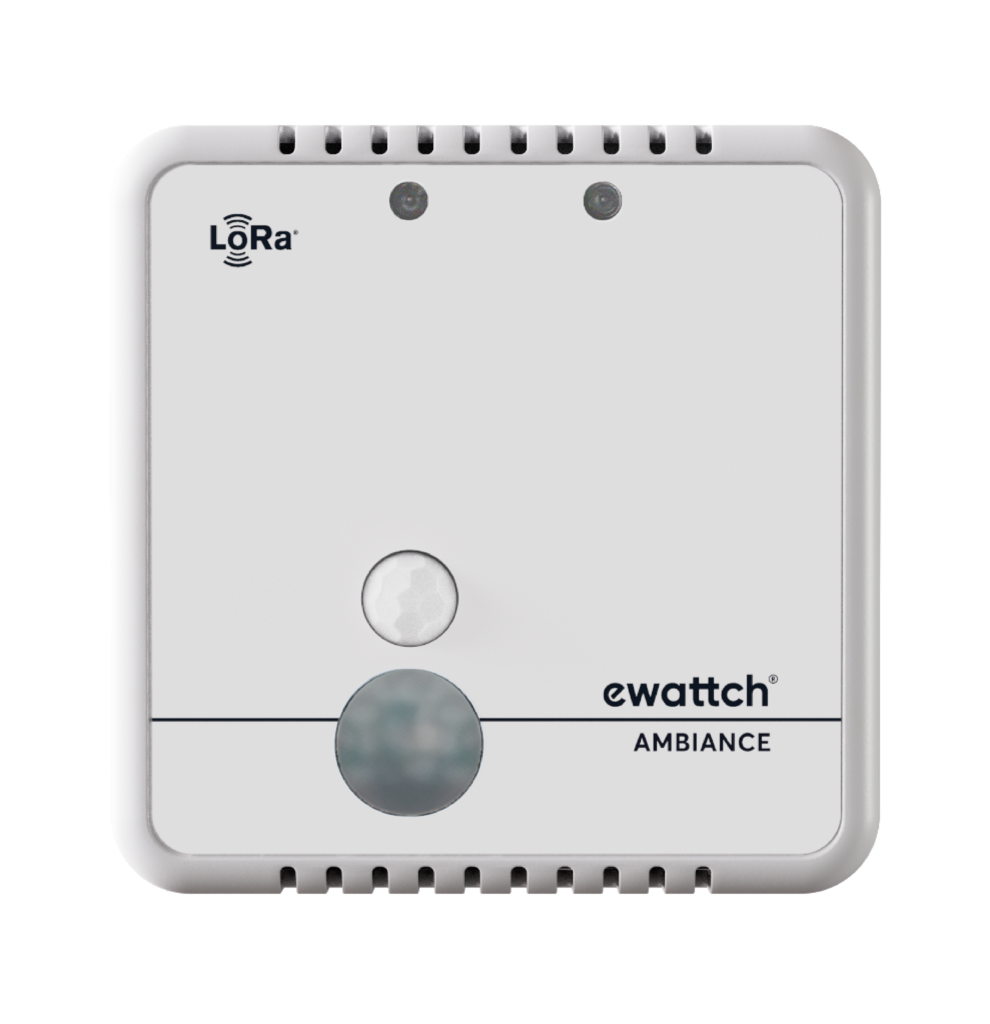
Easily deploy a connected desktop

For space optimization to become an operational reality, solutions must be quick and easy to implement. This is precisely what Ewattch offers with its ScanToCloud device. A simple scan via smartphone or tablet is all it takes to configure the equipment and connect it to the EwattchCloud platform.
This approach eliminates the technical constraints often associated with the deployment of connected systems. In just a few minutes, the sensors are operational and start transmitting usable data. As a result, companies can quickly benefit from intelligent space management, without interrupting their business or committing significant resources.
Involving employees in the Smart Office approach: the key to success
Employee involvement is fundamental to the success of a Smart Office approach, particularly in the context of energy performance targets and corporate social responsibility (CSR) commitments. By raising awareness and mobilizing teams, companies can not only optimize the use of the technologies implemented, but also ensure that best practices are sustained over the long term. Without this commitment, modernization efforts run the risk of being insufficient in the face of environmental and economic challenges.
Promoting engagement through gamification
One effective way of involving teams is through gamification. This approach involves introducing playful elements into serious processes, such as energy management. For example, inter-floor energy challenges can be organized to encourage teams to adopt better practices: turning off unnecessary lights, adjusting the temperature or limiting the use of energy-guzzling equipment. These challenges reinforce team spirit while raising awareness of energy waste.
Encouraging involvement through visual management
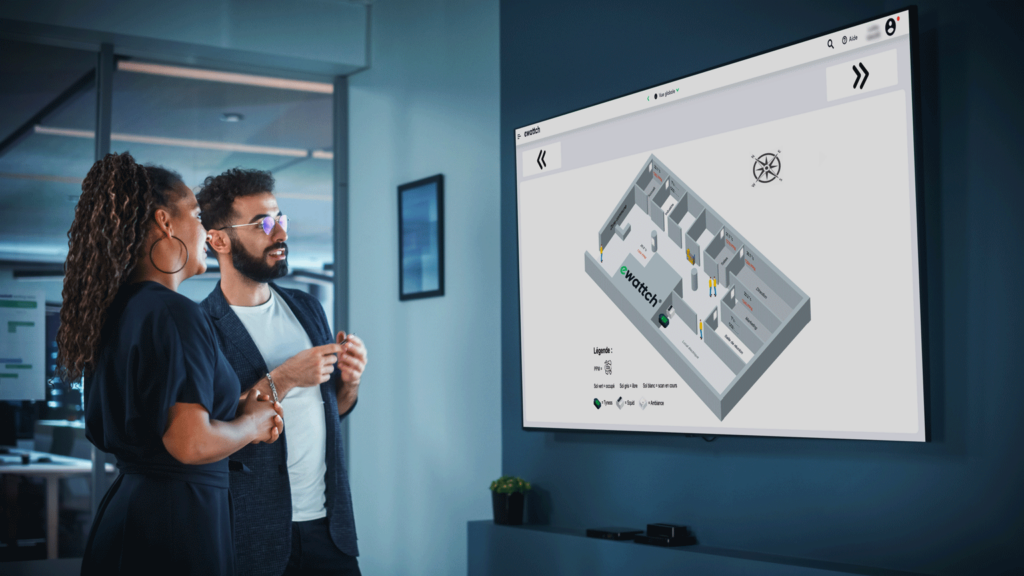
Visual management also plays a key role in employee engagement. Displaying consumption data in the form of interactive dashboards makes progress visible and concrete.
These dynamic supports, updated in real time, enable teams to track the results of actions implemented. They also make energy issues easier to understand, making objectives more tangible and accessible to all.
Reinvesting for greater social and environmental impact
Savings from optimized office management can be reinvested in social or ecological initiatives. For example, they can finance internal workplace well-being projects or external actions, such as support for local associations. This approach gives added meaning to the process, strengthening the commitment of teams by showing them the positive impact of their efforts.
What tools are needed to encourage responsible practices?
Ewattch supports this dynamic involvement by offering interactive screens displaying energy data and action results in real time. These screens, installed in workspaces, provide continuous visibility of energy consumption. By making this information accessible to all, they encourage employees to adopt more responsible behavior on a daily basis. This transparency strengthens collective motivation and supports the transition to more sustainable offices.

Towards a sustainable, scalable Smart Office
The transformation of workspaces must not be limited to the adoption of one-off solutions. For a Smart Office to be truly effective, it must be designed for the long term, with solutions capable of evolving in line with the company's future needs. This scalability ensures that the tools in place can keep pace with the organization's growth, whether this involves extending premises, internal reorganization or the addition of new functionalities.
Flexible control
Intelligent office management technologies are evolving rapidly, opening up new possibilities for optimization and automation:
- Integration of artificial intelligence (AI): AI will enable automated alerts to be generated in the event of anomalies, such as unexpected over-consumption or under-utilized space. It will also facilitatepredictive analysis, anticipating future needs based on observed trends, for example by automatically adjusting temperature or lighting according to user habits.
- Complementary modules for specific needs: Companies have different needs depending on their sector of activity and organization. Ewattch has developed specialized modules adapted to specific use cases, such as managing collaborative spaces, monitoring air quality or optimizing consumption during periods of low activity.
Ewattch, a complete technology player
Ewattch stands out for its mastery of the entire technology chain, from sensor design to data management via its EwattchCloud platform. This integrated approach enables us to offer coherent solutions adapted to each stage of the transformation towards a Smart Office.
Thanks to its proven expertise and personalized support, Ewattch facilitates the implementation of simple, rapid and scalable modernization projects. Companies benefit from a turnkey solution for optimizing their workspaces over the long term, while remaining flexible in the face of future innovations.

